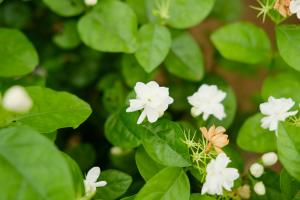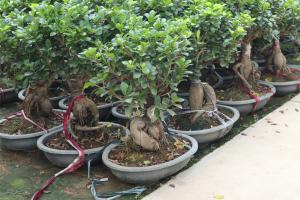1、 Curing method
1. Temperature: Rainbow taro has high requirements for temperature. Overall, the most suitable range is between 18 and 25 degrees. It is not resistant to high temperature and cold. Therefore, the height should not exceed 30 degrees and the low should not be less than 10 degrees. This is good for its growth and health
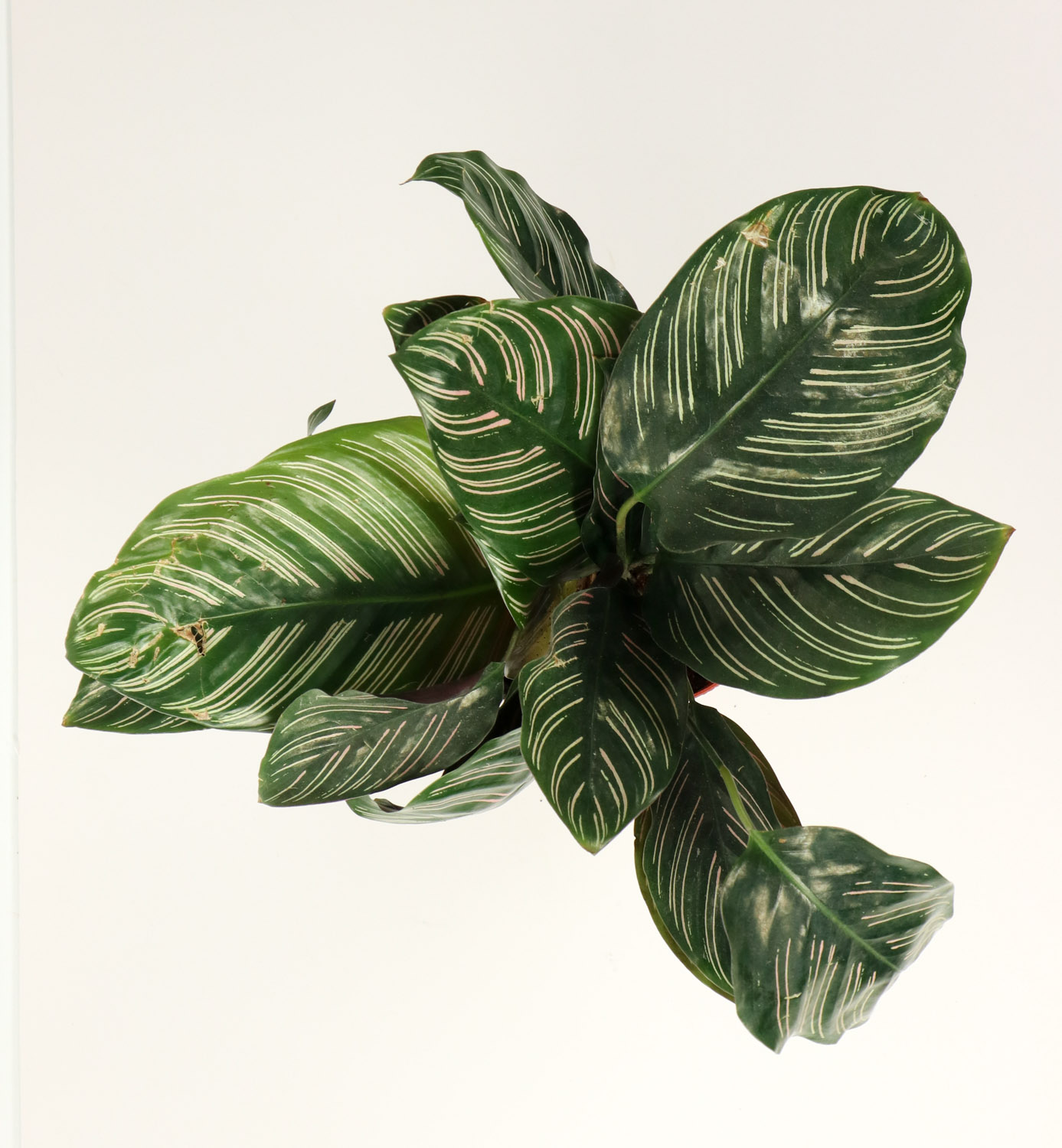
2. Light: Rainbow taro likes light, but it is also afraid of exposure. Therefore, astigmatism is the most suitable for it. Generally speaking, when the light is mild, it can provide full-time illumination, so that its leaves are more vigorous and ornamental. When there is strong light, pay attention to shade

3. Watering: Rainbow taro likes humidity. It is very afraid of drought. Therefore, don't wait for the substrate to dry for a long time before pouring. You need to add water when it is semi dry. Pour it thoroughly and don't accumulate too much water

4. Fertilization: Rainbow taro still needs more fertilizer. Generally speaking, when the growth is booming, it has to be applied once a week. However, the concentration should not be too high

2、 Breeding skills
1. Reproduction: it can be propagated by ramets. It's better to do it in spring. When operating, we must first choose a strong plant as the mother plant. Take it out of the basin. When separating, pay attention to at least three to four leaves on each part. After planting, water thoroughly and put it in a semi shady place. In general, for a plant that is growing very vigorously, it is more appropriate to divide it every two years
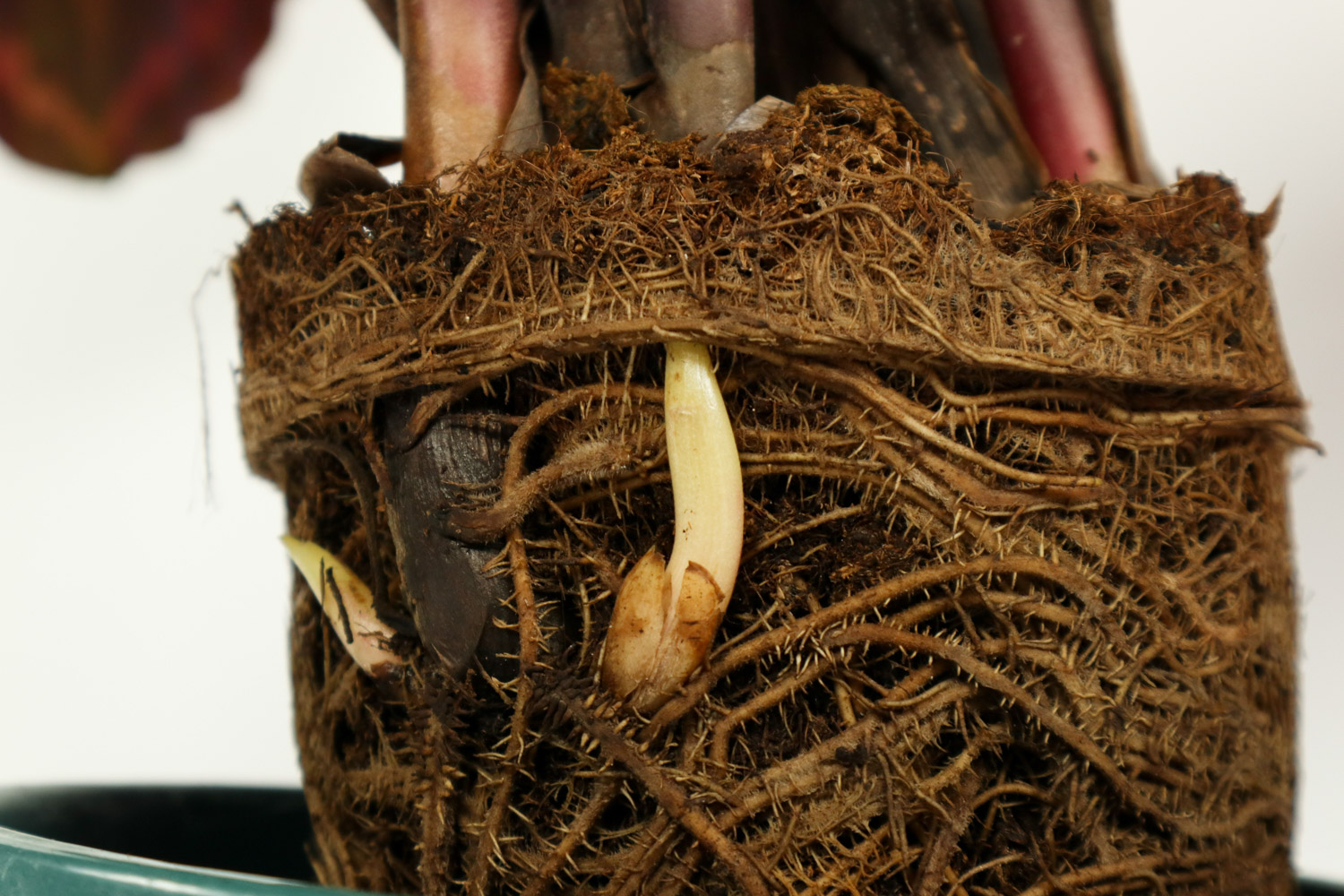
2. Changing pots: breeding and changing pots can be carried out at the same time, which is also more suitable in spring. Specifically, humus soil and river sand can be selected, and an appropriate amount of compost can be added. It is suitable to change the basin once every two years. You can't do it for a long time
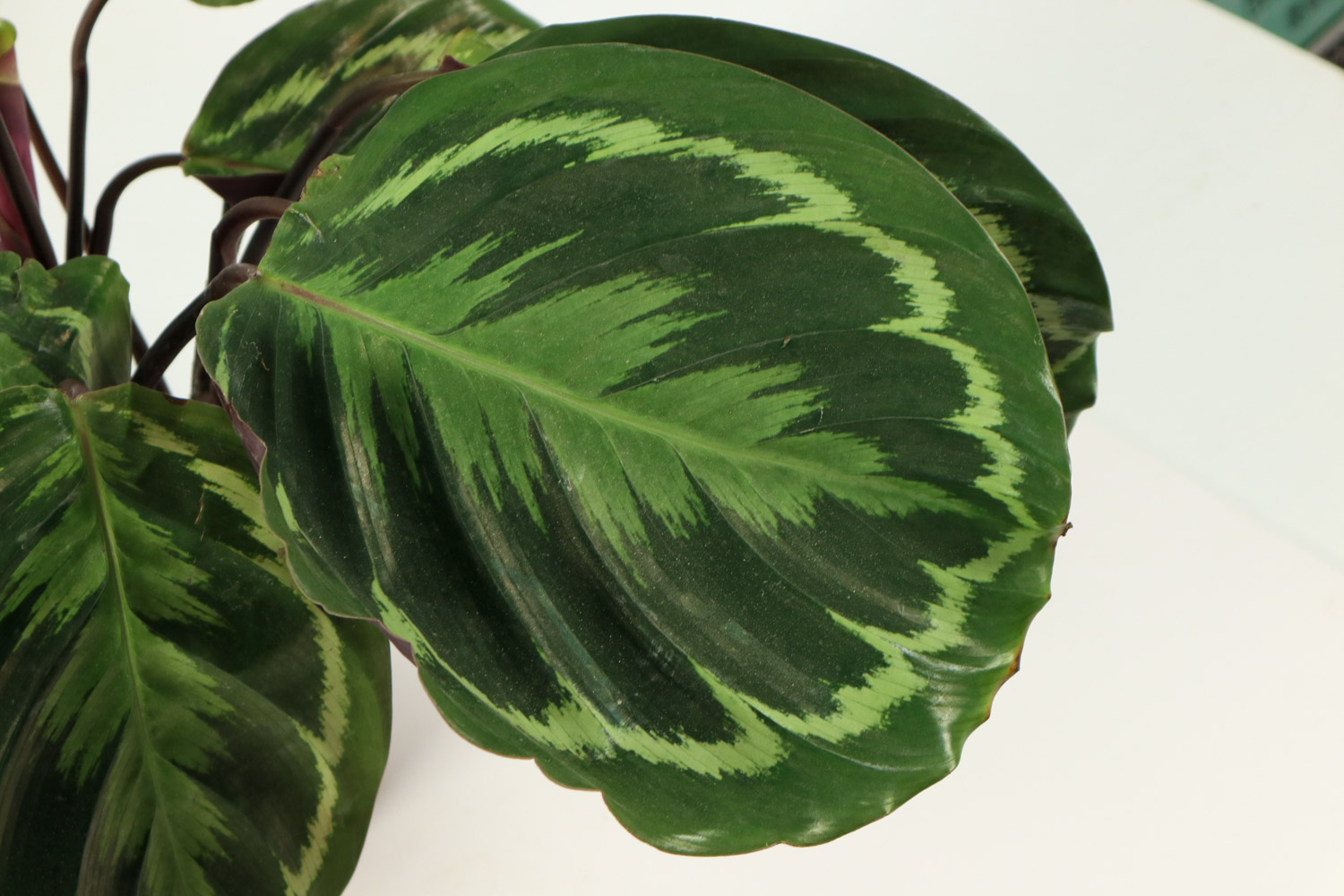
3、 Problem diagnosis and treatment
1. Diseases: Generally speaking, there are not too many diseases and pests, but they are common under very unfavorable climatic conditions. Such as "rust" and so on. Carbendazim can be used for treatment
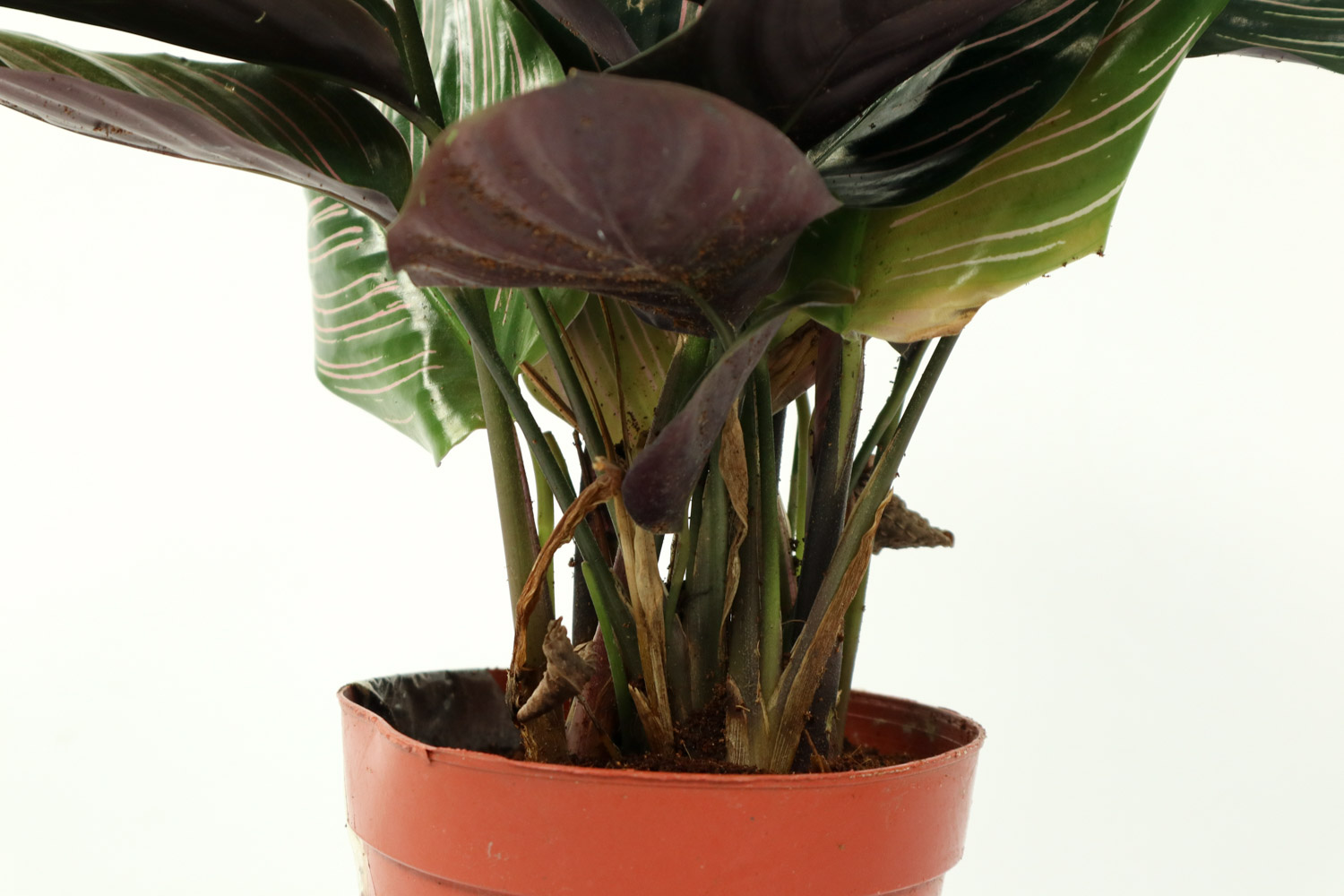
2. Insect pests: common ones are "aphid", "whitefly", etc. They can be eliminated with an emulsion of azinphos
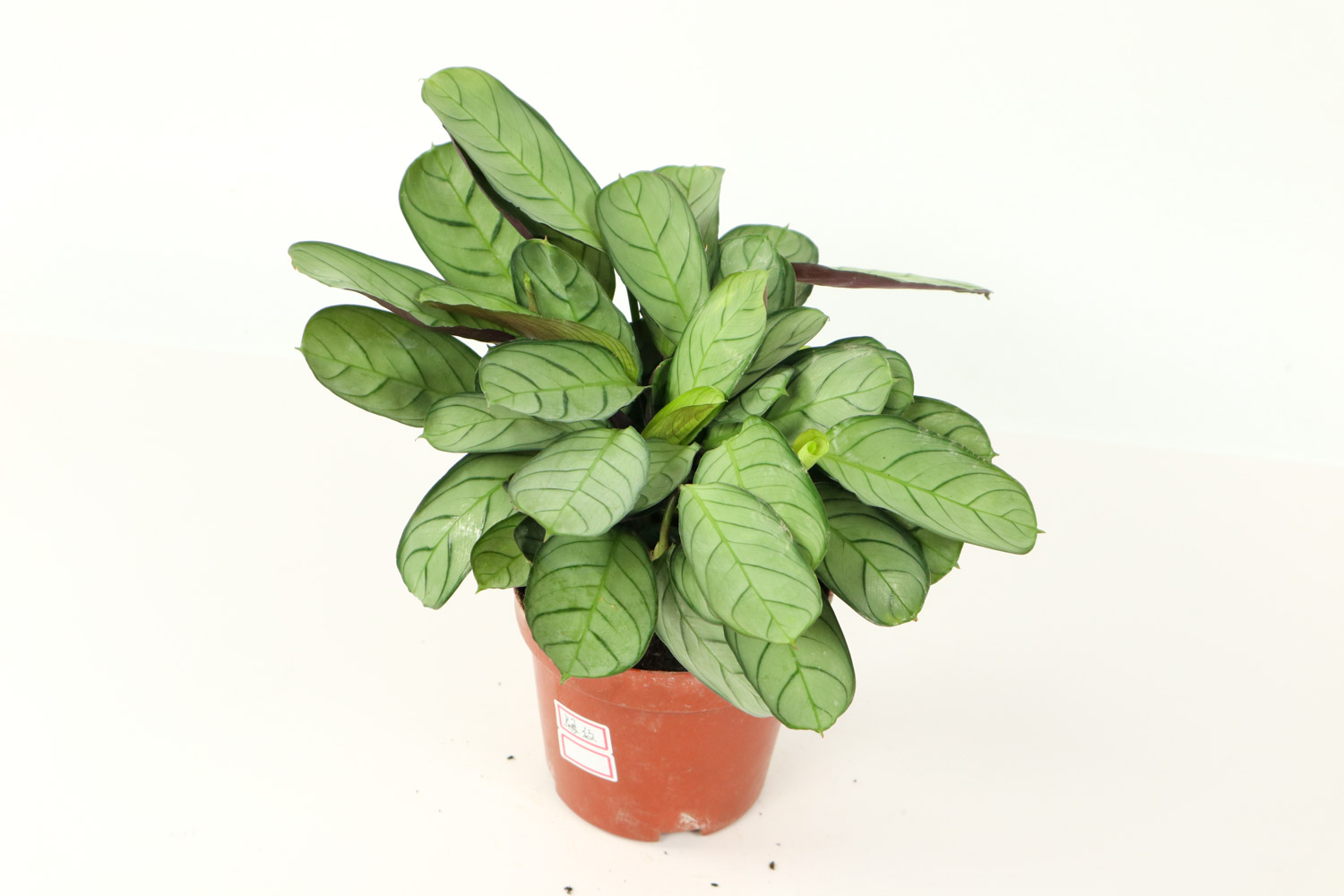
4、 Other issues
1. Toxicity: Rainbow taro is not poisonous, and its leaves also have the ability to absorb harmful substances
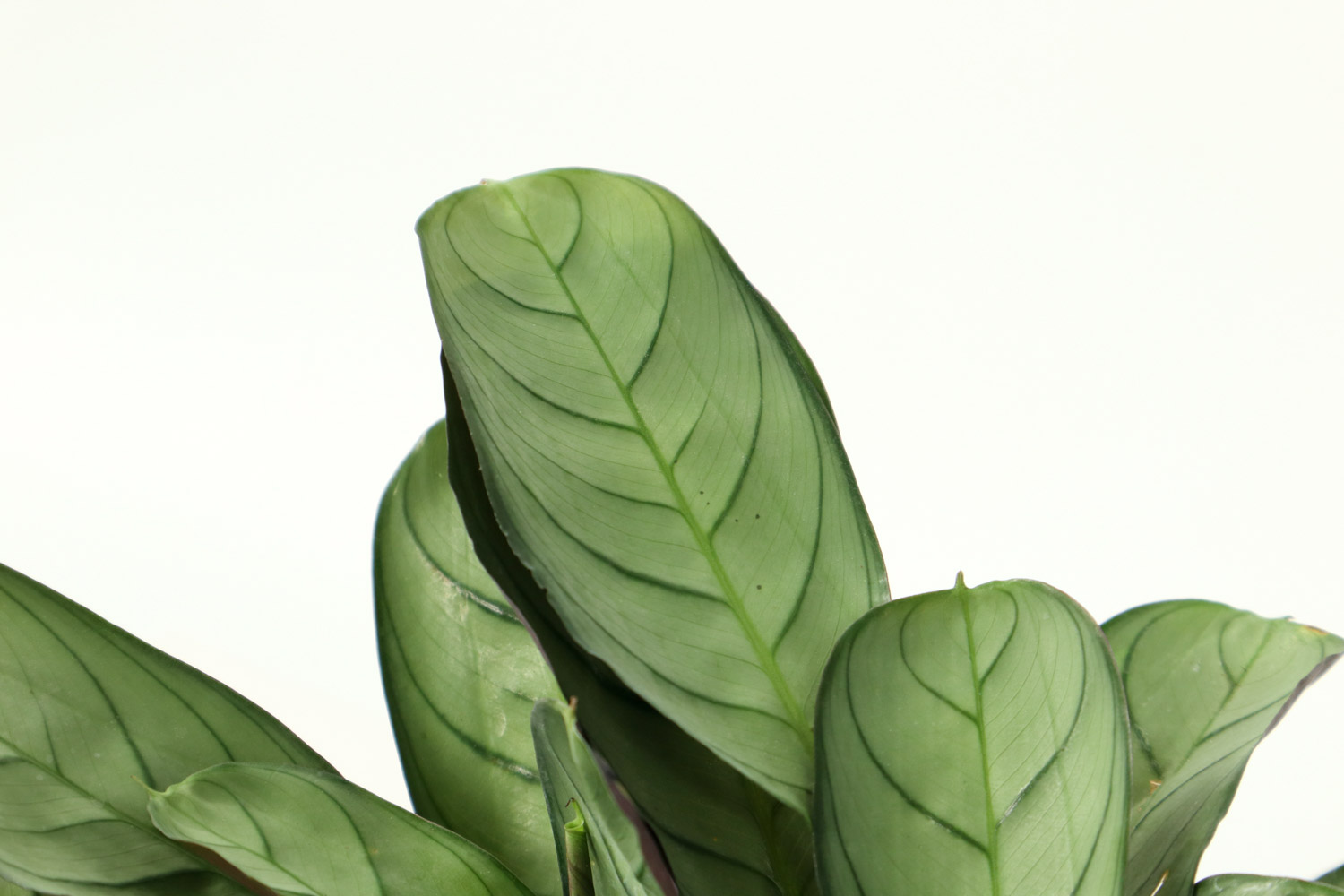
2. Whether it can be raised at home: very suitable. Because it is a kind of foliage plant in our society, potted plants are very common at home
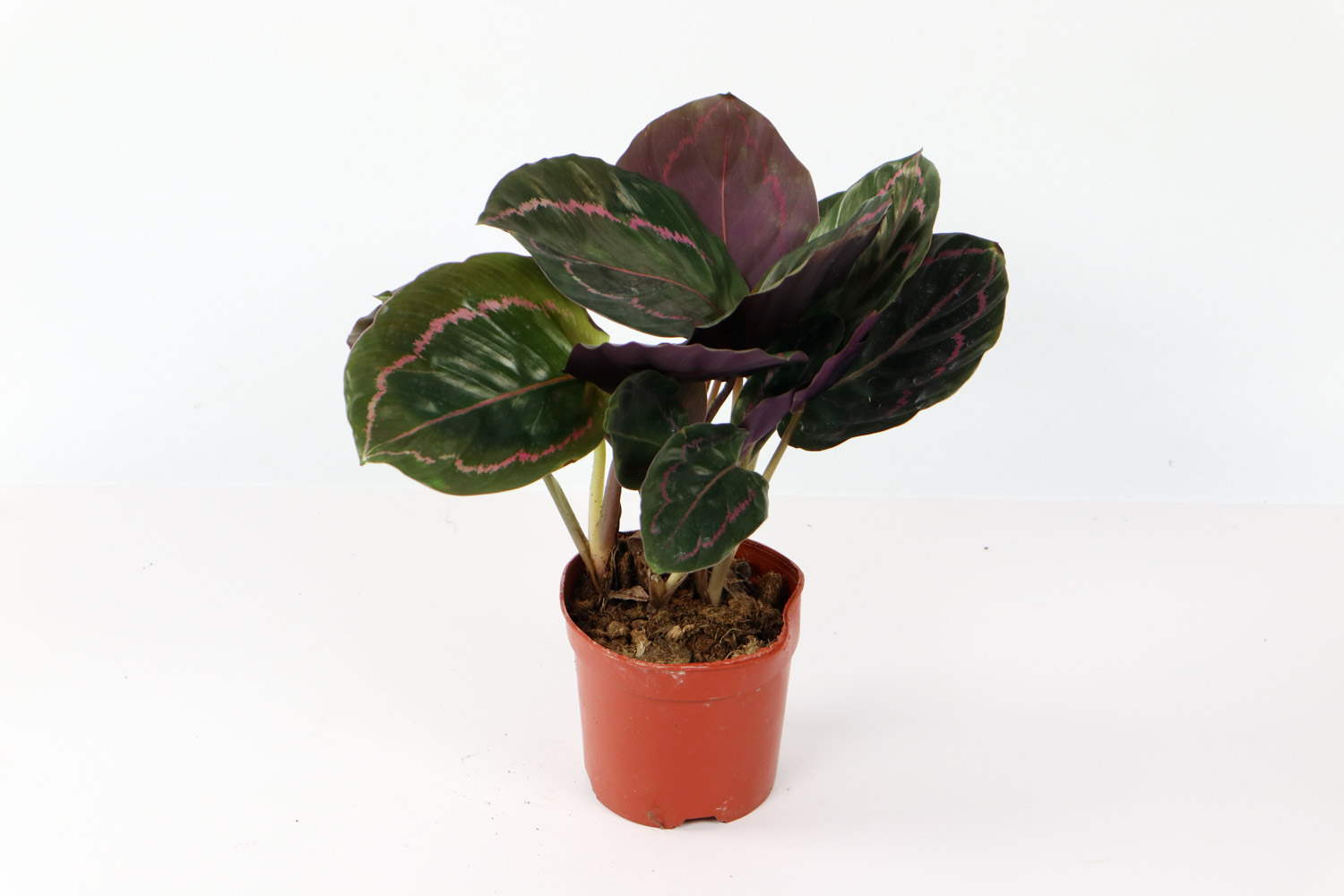

 how many times do yo...
how many times do yo... how many planted tre...
how many planted tre... how many pine trees ...
how many pine trees ... how many pecan trees...
how many pecan trees... how many plants comp...
how many plants comp... how many plants can ...
how many plants can ... how many plants and ...
how many plants and ... how many pepper plan...
how many pepper plan...

